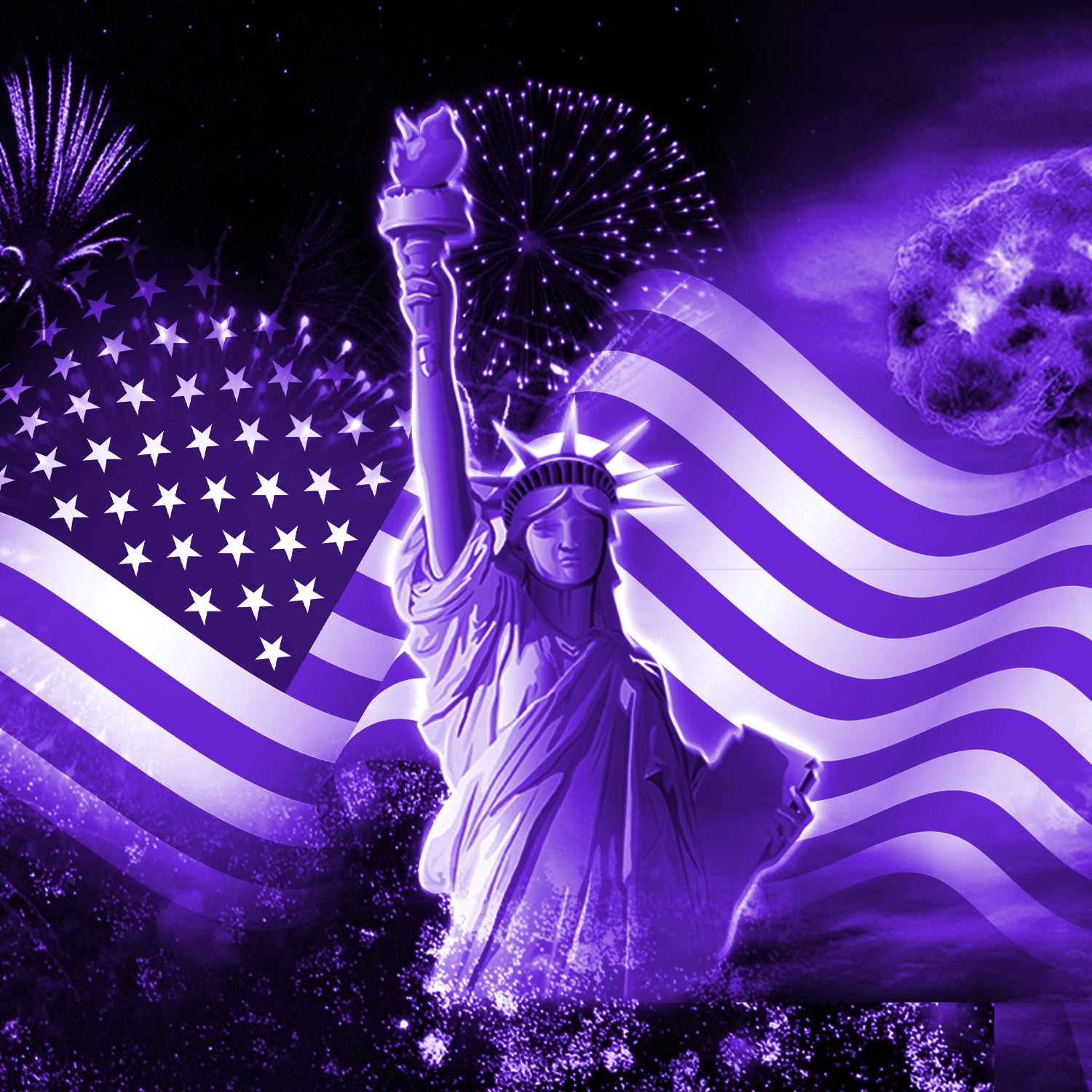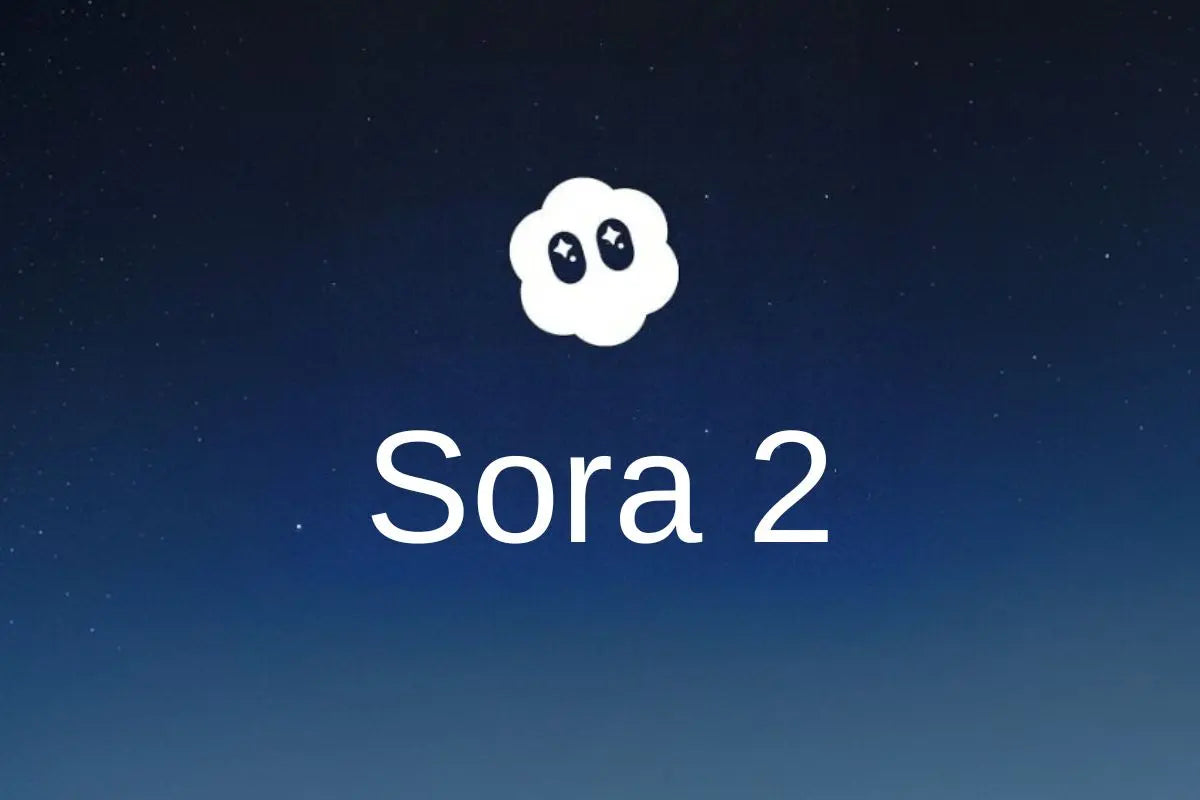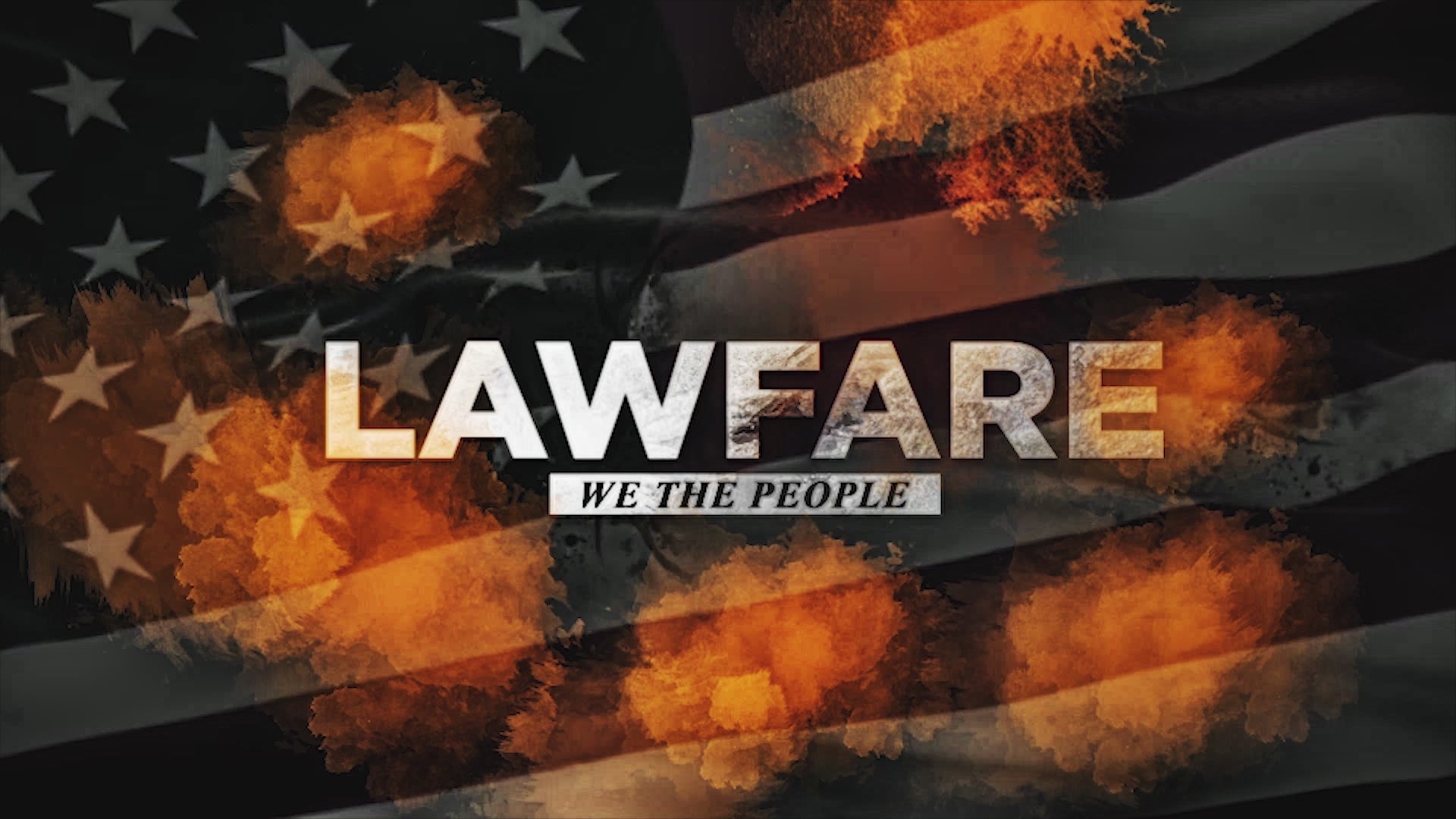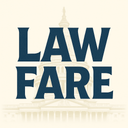In the rapidly evolving landscape of artificial intelligence, OpenAI’s Sora 2 has emerged as a groundbreaking leap in video generation technology. Capable of producing hyper-realistic videos indistinguishable from reality, Sora 2 has raised profound questions about truth, perception, and the future of media. With the exception of a fleeting watermark that appears for a mere couple of seconds, discerning whether a video is real or AI-generated is nearly impossible—unless the content is so outlandish it defies belief. This unprecedented realism opens the door to both creative innovation and dangerous manipulation, amplifying age-old concerns about propaganda in a digital age where reality itself can be sculpted.
The Uncanny Realism of Sora 2
Sora 2, the latest iteration of OpenAI’s text-to-video model, generates videos with such fidelity that they rival professional cinematography. From the subtle play of light on a subject’s face to the intricate textures of a bustling cityscape, Sora 2 captures nuances that were once the exclusive domain of reality. The technology leverages advanced neural networks trained on vast datasets, enabling it to replicate human movements, environmental dynamics, and even emotional subtleties with astonishing precision. The only telltale sign of its artificial nature is a brief watermark, but even this is a minor hurdle for those intent on deception. Unless a video portrays something blatantly implausible—like a dinosaur roaming Times Square—viewers are left questioning what’s real.
This level of realism marks a significant departure from earlier AI-generated content, which often carried uncanny valley artifacts or visual inconsistencies. Sora 2’s output is so polished that it challenges our ability to trust our own eyes, raising the stakes for how we navigate information in the digital era.
The Propaganda Problem: A New Era of Subtle Manipulation
Propaganda is as old as human communication, but Sora 2 elevates its potential to unprecedented heights. While traditional propaganda relied on carefully crafted narratives or doctored images, AI-generated videos can now introduce tiny, nuanced alterations to reality—changes so subtle they slip past our critical faculties. A fabricated video of a politician making a controversial statement, a staged protest that never happened, or a manipulated historical event could seamlessly infiltrate public discourse. These micro-manipulations don’t need to be outlandish to be effective; they only need to nudge perceptions just enough to sow doubt or reinforce biases.
This isn’t a hypothetical concern. For decades, governments, corporations, and other entities have shaped narratives to influence public opinion. The difference now is scale and accessibility. Sora 2 democratizes the ability to create convincing fakes, meaning anyone with access to the technology—be it state actors, corporations, or lone individuals—can craft propaganda that alters our collective perception of reality. As our digital world becomes the primary lens through which we experience events, the line between truth and fiction grows dangerously thin.
Regulation: A Double-Edged Sword
The instinct to combat this threat through regulation is understandable but fraught with risks. Centralized oversight of AI-generated content could grant governments unprecedented control over information, potentially stifling free expression and innovation. History shows that governments and intelligence agencies have not always acted in the public’s best interest when given such power. From covert propaganda campaigns to mass surveillance, the track record suggests that centralized systems can be weaponized against citizens.
Instead of regulation, free market solutions may offer a more balanced approach. Incentives could be created for creators to voluntarily mark AI-generated content, perhaps through industry standards or consumer demand for transparency. Blockchain-based verification systems could authenticate the origin of videos, allowing viewers to trace whether content is human-made or AI-generated. Such solutions prioritize individual agency and market-driven accountability over top-down control, preserving the decentralized ethos of the digital age.
The Human Edge: Creativity and Ingenuity
For now, humans retain a unique advantage: creativity and ingenuity. While Sora 2 can mimic reality with stunning accuracy, it struggles to replicate the unpredictable spark of human imagination. Audiences are likely to gravitate toward authentic human creators who bring originality and emotional depth to their work—qualities that AI, at its current stage, cannot fully emulate. This preference for human authenticity could drive a cultural shift, where real people become the gold standard in a sea of AI-generated content.
However, this edge may not last forever. AI is rapidly evolving, and future iterations could pass the ultimate Turing test, becoming indistinguishable from human sentience in both creativity and emotional resonance. If AI achieves this level of sophistication, it could fundamentally reshape how we define humanity itself, challenging us to find new ways to value our unique contributions.
The Path Forward
Sora 2 is a marvel of innovation, but it also serves as a wake-up call. Its ability to blur the line between reality and fiction underscores the urgency of developing tools and cultural norms to navigate this new landscape. Free market solutions, such as transparent labeling and decentralized verification, offer a path forward that balances innovation with accountability. Meanwhile, the enduring value of human creativity provides a beacon for authenticity in an increasingly artificial world.
As we stand on the precipice of this technological revolution, one thing is clear: our perception of reality is no longer a given. It’s a construct we must actively question and protect. Sora 2 may be mindblowingly hard to differentiate from reality, but it’s up to us to decide how we let it shape our world.










Share:
The Hidden Dangers in Your Protein Shake: Why Real Food Should Be Your First Choice
Shadows on the Court: The Mafia’s Grip on NBA Gambling